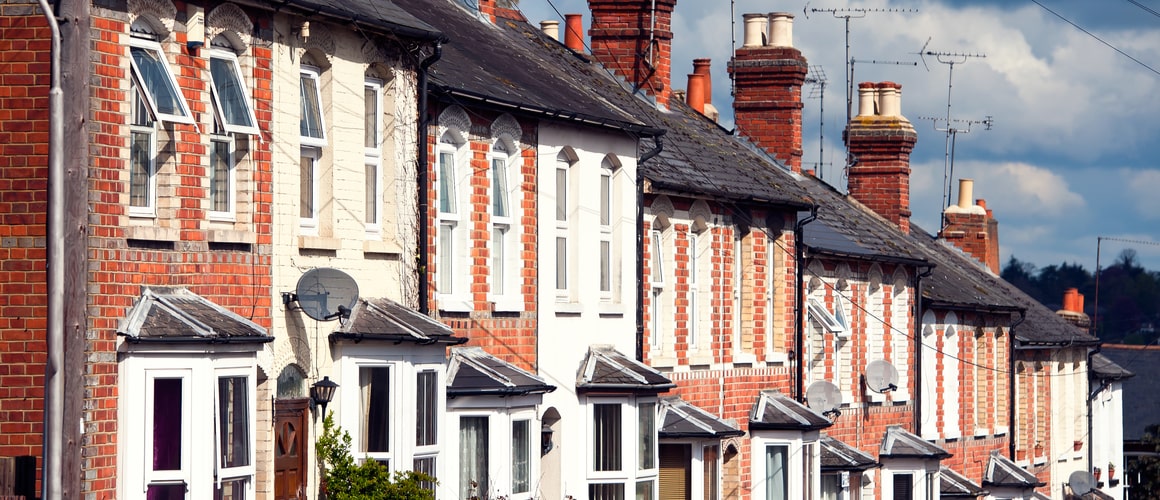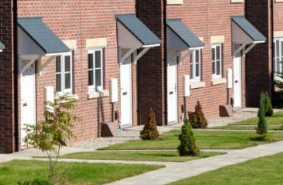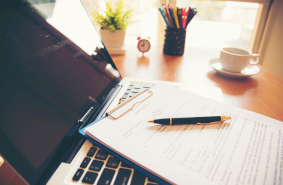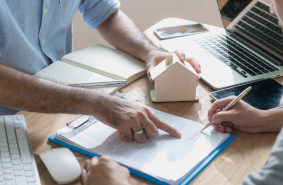Have you inherited a property that you’re not ready to sell? Or perhaps you have some cash that you’re looking to invest?
However your landlord journey has begun, this guide will help you to negotiate the first stages of beginning your investment.
Is rental property a good investment for you?
As with most investments, rental property can be a risk. You could be hit with rising interest rates, problem tenants or large bills for maintenance. And you may even find it difficult to fill your property with tenants or to sell up if the market changes.
It always pays to keep your ear to the ground. Looking at tax relief, fees, mortgages and the rental market, you should decide whether now is the right time for you. It could even help to speak to a financial advisor.
Resources
The following resources may be useful:
- Work out your rental income
- Buy-to-let mortgage interest tax relief explained
- Landlord expenses and allowances
What does property investment involve?
1. Finding the perfect investment property
Consider the needs of your ideal tenant at every step of your property search. While couples might prefer a smaller property with good space for entertaining, students will prefer properties with equally sized bedrooms and good transport links. Families will prefer homes with a separate kitchen and some outdoor space.
If you get this vital stage wrong, it will be difficult to find your ideal tenant. So make sure you do your research: ring around estate agents and ask their advice, and join groups on social media for landlords in your area.
Think about the area
It’s important to situate your buy-to-let property in an area where you will get a good return on investment (ROI). Although it can be tempting to choose a location close to home where you can oversee operations closely, you should also consider choosing a location in your nearest city, or perhaps in a town with a large student population.
Compare with the existing market
Look at local property listings for sale and let — what can you buy, and what price can you rent for realistically?
Speak to local estate agents and find out what landlords tend to offer with their properties. Should you provide furnishings, or include bills in the rent?

2. Funding your investment
Buying a property outright vs using a buy-to-let mortgage
Depending on the area and if you have the capital, you may be able to buy the property outright.
However, even if you do have the capital available, it could still be beneficial to use a buy-to-let or even a standard mortgage. Mortgages are a very cheap form of loan, so you could instead use the money you have for home improvements or for furnishing your new property.
What is a buy-to-let mortgage?
If you decide not to buy your investment property outright, you will have to apply for a mortgage. If you plan for your property to be fully buy-to-let (as opposed to finding a lodger), you will need to apply for a buy-to-let mortgage, as you won’t be eligible for a residential loan if you don’t live in the property.
However, instead of using your salary as the main way of calculating your income, the lender will look at the potential rental income of the property as the primary income source, with personal income as a secondary factor.
Lenders will calculate your ‘rental cover’, which refers to at least 125% of the interest payments on the loan. For example, with a mortgage of £500 a month, you’d need to demonstrate an income of at least £625 to qualify. However, in challenging markets, some lenders may require the rental cover to be 145%, meaning you’d need to prove you were getting an even higher income from rent.
Interest is another factor to consider with these mortgages, as according to Prudential Regulation Authority rules, the interest rate in the rental cover calculation should be at least 5.5% — although the rate on the mortgage is likely to be lower.
What deposit do I need on a buy-to-let property?
Whilst homebuyers are used to paying deposits as little as 5%, a deposit for a buy-to-let property comes in much higher — at around 25%. However, you’ll benefit if you can push for a larger deposit: you’ll only be able to access the cheapest deals at around 40% or more.
Capital growth vs good rental returns
When you buy the property, you should think about the type of investment you want:
Capital growth - an increase in the value of the property over the medium-to-long term. Capital growth is dependent on external factors like market conditions and the local economy, however, especially if you do work on a property, it can be possible to sell on for a large profit after just a few years.
Rental yield - income generated from the property, as a percentage of the property value. A good rental yield is around 5% per year, although some properties could have yields as high as 7%. Houses of multiple occupancy (HMOs) can reach between 12 - 15%. This is a more appropriate ROI than capital growth if you have bought a cheaper property.
Becoming a landlord
Being a landlord comes with a lot of responsibilities. Although your buy-to-let property is an investment, it will be a home for those who will live there, so make sure you’re clued up on how to look after your tenants before you take the plunge.
As well as this, it pays to be in the know, so be sure to educate yourself on the law, tax, stamp duty and HMO regulations. Then, when your property is purchased, invest in Buy-to-Let Insurance to protect your investment.


